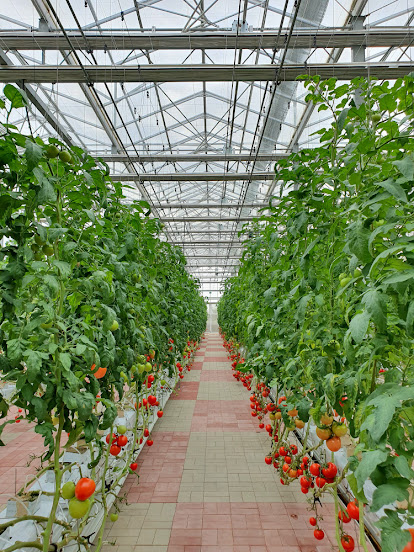As winter brings shorter days and diminished sunlight, both people and plants can feel the impact. Similar to our experience of the 'winter blues,' plants also suffer from Seasonal Affective Disorder (SAD) due to inadequate light. This is where LED grow lights come to the rescue, providing a sun-like substitute that helps plants thrive even during the colder months.
Understanding Seasonal Affective Disorder in Plants:
Sunlight is essential for photosynthesis in nature, the process by which plants turn light into energy to support their growth. Blue and red wavelengths of light, which are essential for different phases of plant development, are part of the spectrum of light that the sun delivers. Plants may display SAD symptoms such as slowed growth, decreased flowering, and a general loss in health throughout the winter when sunshine becomes limited. Particularly true for plants kept indoors or in greenhouses where natural light may be scarce.
Enter LED Grow Lights:
LED grow lights have transformed indoor plant care by offering a customized light spectrum that closely resembles the sun's rays. The correct combination of blue, red, and even other wavelengths makes LED lights a viable treatment for SAD in plants. Growers can precisely meet the needs of their plants by adjusting the light spectrum, which improves photosynthesis and keeps plants growing healthily even during the shortest days.
The Benefits of LED Grow Lights for Plants:
Spectrum Customization: LED grow lights can be adjusted to supply the proper wavelengths at the appropriate times for a variety of plant needs.
Energy Efficiency: LEDs utilize less energy than conventional light sources while producing focused light, which lowers energy expenses and heat production.
Longevity: Compared to traditional lights, LED grow lights have a longer lifespan and offer continuous performance throughout the full growing season.
Reduced Light Pollution: Since LED lights can be focused precisely where they are needed, there is less light pollution.
Implementing LED Grow Lights:
LED grow lights should be placed above the foliage in a planned manner to counteract SAD in plants by consistently covering the area. Adjust the light intensity and spectrum in accordance with the type of plant and its stage of development. To make sure your plants get enough "daylight," gradually lengthen the light period as winter wears on.
Conclusion
In winter's shadow, prevent plant woes from Seasonal Affective Disorder. Embrace LED grow lights to mimic sunlight indoors, tailoring the spectrum to nurture your plants. Ensure their vitality throughout the cold season, brighten their world and beat the winter blues with LED magic. Remember, vigilant monitoring and adjustments are vital for their flourishing, even as the sun hibernates.

Comments
Post a Comment